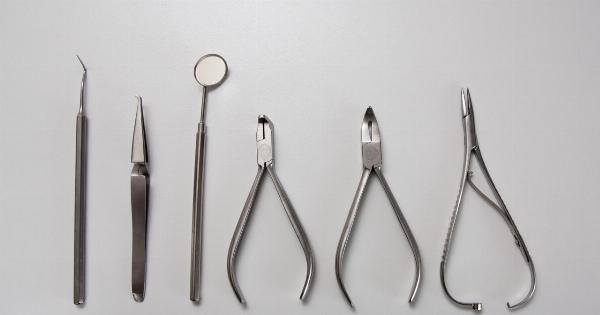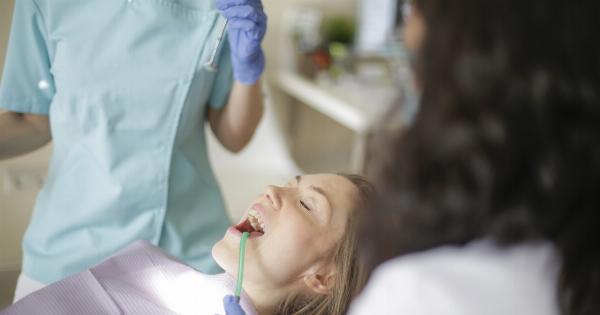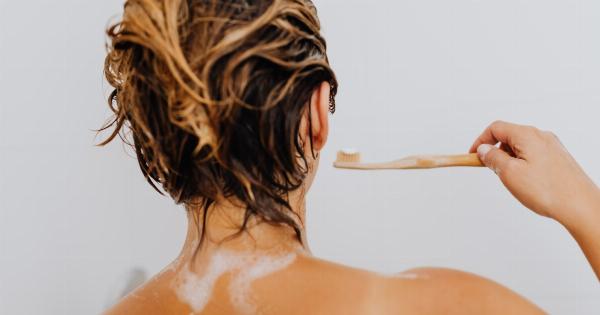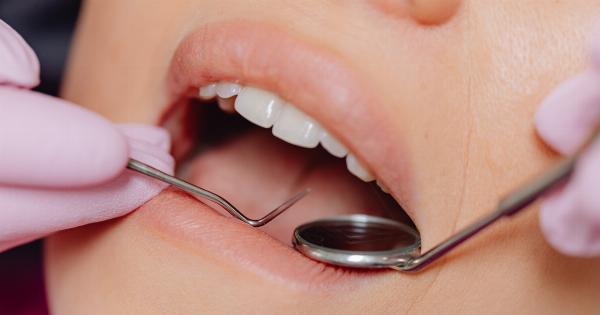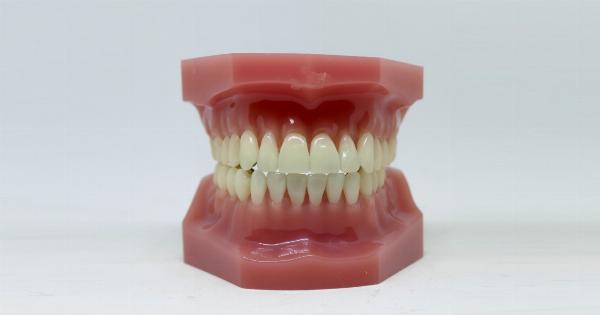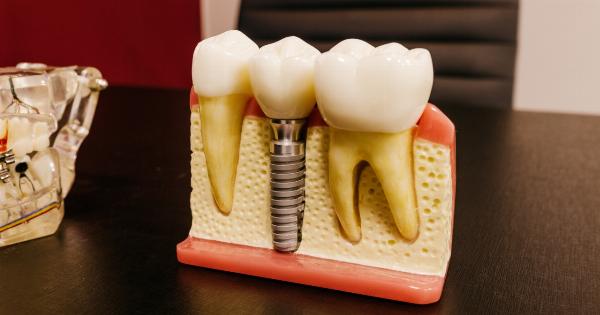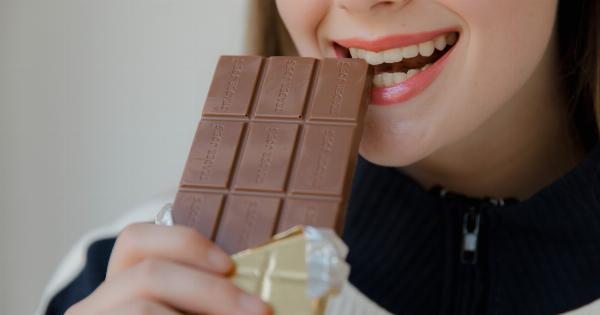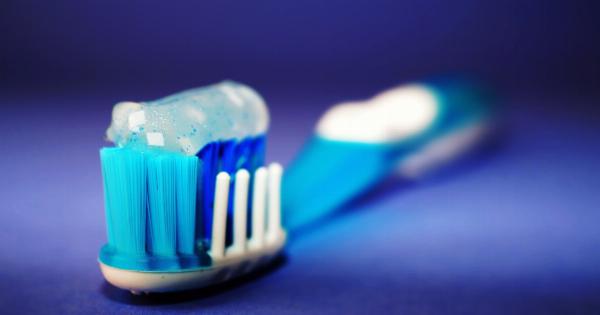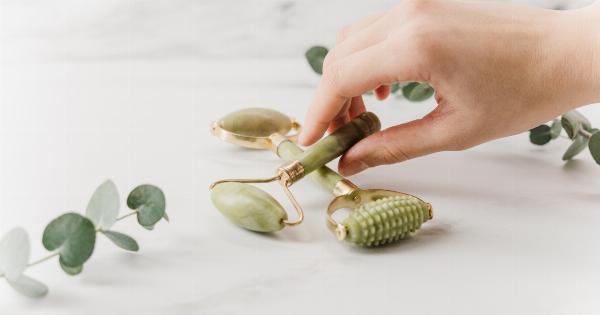Having white, shiny teeth has become a beauty standard in modern society. We see celebrities and models flashing their pearly whites on TV and magazines, and we want to emulate that. As a result, tooth whitening has become a popular cosmetic procedure.
However, there are some risks associated with over-shining your teeth that people should be aware of.
What is tooth shining?
Before we delve into the dangers of tooth shining, let’s first define what it means. Tooth shining, also known as tooth polishing, is a dental procedure that removes surface stains and smooths rough spots on the teeth.
This is typically done with a rotating rubber cup that applies a gritty substance to the teeth. The goal is to make the teeth look smoother, shinier and whiter.
The dangers of tooth shining
While tooth shining may seem harmless, it can actually be damaging to your teeth and gums. Here are some potential risks:.
1. Enamel erosion
The gritty substance used in tooth shining, combined with the pressure applied by the rotating cup, can wear away the protective enamel layer of the teeth.
This can make your teeth more sensitive, and it can also increase the risk of cavities and other dental problems.
2. Increased tooth sensitivity
As mentioned above, tooth shining can make your teeth more sensitive. This is because the process can remove some of the protective enamel, which exposes the more porous dentin layer underneath.
When this happens, you may experience pain or sensitivity when eating or drinking hot or cold foods and beverages.
3. Gum damage
The rotating cup used in tooth shining can also damage your gums. If the dental hygienist or dentist is not careful, they can cause abrasions, cuts or other injuries to the delicate gum tissue. This can be painful and may even lead to infections.
4. Weakened teeth
While tooth shining can make your teeth look shiny and smooth, it can actually weaken them in the long run. When the enamel layer is worn away or weakened, your teeth may become more brittle and prone to cracking or breaking.
This can lead to more extensive dental work down the road.
Alternatives to tooth shining
If you’re looking to improve the appearance of your teeth, there are safer alternatives to tooth shining. Some options include:.
1. Teeth whitening
A safer way to whiten your teeth is to use a professional teeth whitening kit. This involves applying a bleaching solution to your teeth to remove stains and discoloration.
This method is less abrasive than tooth shining and can produce natural-looking results.
2. Dental bonding
If you have chipped or cracked teeth, dental bonding may be a good option for you. This involves applying a tooth-colored resin to your teeth to fill in gaps and improve the appearance of your smile.
This is a non-invasive procedure that can be done in a single dental visit.
3. Veneers
Veneers are thin shells of porcelain that are bonded to the front of your teeth. They can be used to cover up stains, chips, and other imperfections.
While more expensive than teeth whitening or dental bonding, veneers are a long-lasting and effective way to improve your smile.
Conclusion
Tooth shining may seem like an easy way to improve the appearance of your teeth, but the risks associated with this procedure are not worth it.
Not only can tooth shining damage your teeth and gums, but it can also make them more sensitive and prone to decay. If you’re looking to improve your smile, there are many safer alternatives to tooth shining that can give you the results you desire.



